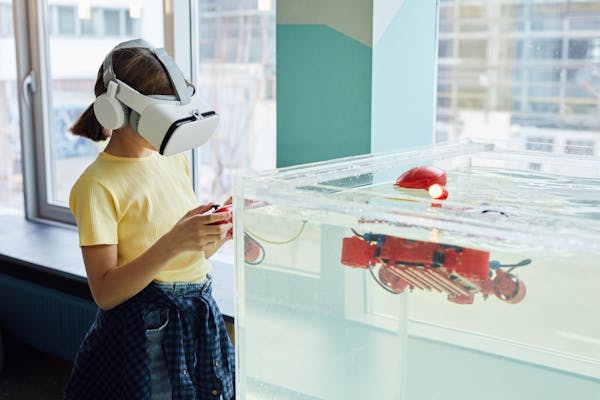A 2D game background is an integral part of any video game. It creates an immersive visual experience that can draw players into the game. It is important to create an engaging and unique 2D game background that will give players an unforgettable experience. This article will discuss the various elements that go into creating a 2D game background and how to make it as visually appealing as possible.
Background Design
The first step in creating a 2D game background is to decide what type of design you want to use. Do you want a more realistic or cartoon style? Do you want to create a dynamic environment or a more static one? Once you have an idea of what style you want to use, you can start to create your background. Depending on the type of game, you may need to include specific elements such as buildings, trees, or other objects. You should also consider the color palette you want to use and the overall atmosphere you want to create.
Background Animation
Once you have your background design complete, you can add background animation to bring your game to life. This can include moving objects, such as clouds, water, or trees; or more interactive elements, such as NPCs or enemies. You should also consider adding effects such as sparks, fire, or smoke to create a more engaging experience.
Background Music
The background music of a game can greatly enhance the player’s experience. Music can add a sense of drama, mystery, or excitement to the game. You should choose music that fits the atmosphere of the game and that players will be able to connect to. You can also use sound effects to create an immersive atmosphere.
Types of 2D Game Backgrounds:
The type of 2d game backgrounds you choose will depend on the game’s genre, the theme, and the overall style of the game. Here are some of the most common types of 2D game backgrounds:
Pixel Art: Pixel art backgrounds are created using small squares of color (pixels) and are often used in retro-style games. They are highly customizable and can be used to create a variety of different environments.
Vector Art: Vector art backgrounds are created using lines and curves and can be used to create detailed environments. They are often used in modern games and are a great choice for creating dynamic backgrounds.
Isometric Art: Isometric art backgrounds are often used in strategy and puzzle games. They are created using a specific type of perspective that gives the game a 3D look without the need for 3D assets.
Key Elements of Effective Backgrounds:
Creating an effective 2D game background requires a few key elements. Here are some of the most important ones:
Color Palette: The color palette you choose will have a huge impact on the look and feel of your background. It should be consistent across the entire game and should create a harmonious and visually appealing environment.
Lighting: Lighting is an important factor when it comes to creating a realistic game background. It can be used to create atmosphere and emphasize important elements of the game.
Texture: Adding texture to your background can help add depth and detail. Textures can be used to create realistic surfaces, such as walls and floors, and can also be used to create atmospheric effects.
Tools for Creating 2D Game Backgrounds:
Creating a 2D game background can be done using a variety of tools. Here are a few of the most popular ones:
Adobe Photoshop: Photoshop is a powerful image-editing program that can be used to create detailed backgrounds for 2D games. It has a variety of features and tools that make it a great choice for game developers.
GIMP: GIMP is a free and open-source image-editing program that can be used to create 2D game backgrounds. It is a powerful tool that has many of the same features as Photoshop.
Inkscape: Inkscape is a vector-based graphics program that can be used to create detailed backgrounds. It has a variety of features that make it a great choice for creating game backgrounds.
Conclusion:
2D game backgrounds are essential to the success of any game. They are what give the game its unique visual identity and create the universe in which the game takes place. There are several types of 2D game backgrounds, each with its own benefits and drawbacks. The key elements of creating an effective background include the color palette, lighting, and texture. There are also a variety of tools available for creating 2D game backgrounds, such as Adobe Photoshop, GIMP, and Inkscape. With the right tools and knowledge, you can create a stunning background for your game.
